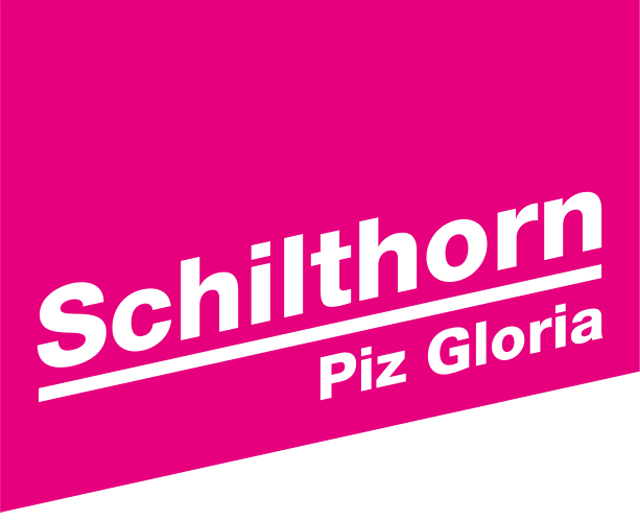Energy management
If the three sections of the overall project were to be operated completely independently, the worst-case energy requirements would be so high that a new overhead power line from Wilderswil to Mürren or Birg respectively would have been necessary. Due to clever energy management, energy requirements and consumption peaks can be optimised in such a way that no new power line is necessary. The concept is based on two levels:
Coordination of operating hours
The operating hours of the routes are coordinated with each other. The journeys are managed in such a way that the generator output of the cabin travelling towards the valley is optimally linked with the motor performance of the other cabin. This ensures that unnecessary power peaks are avoided.
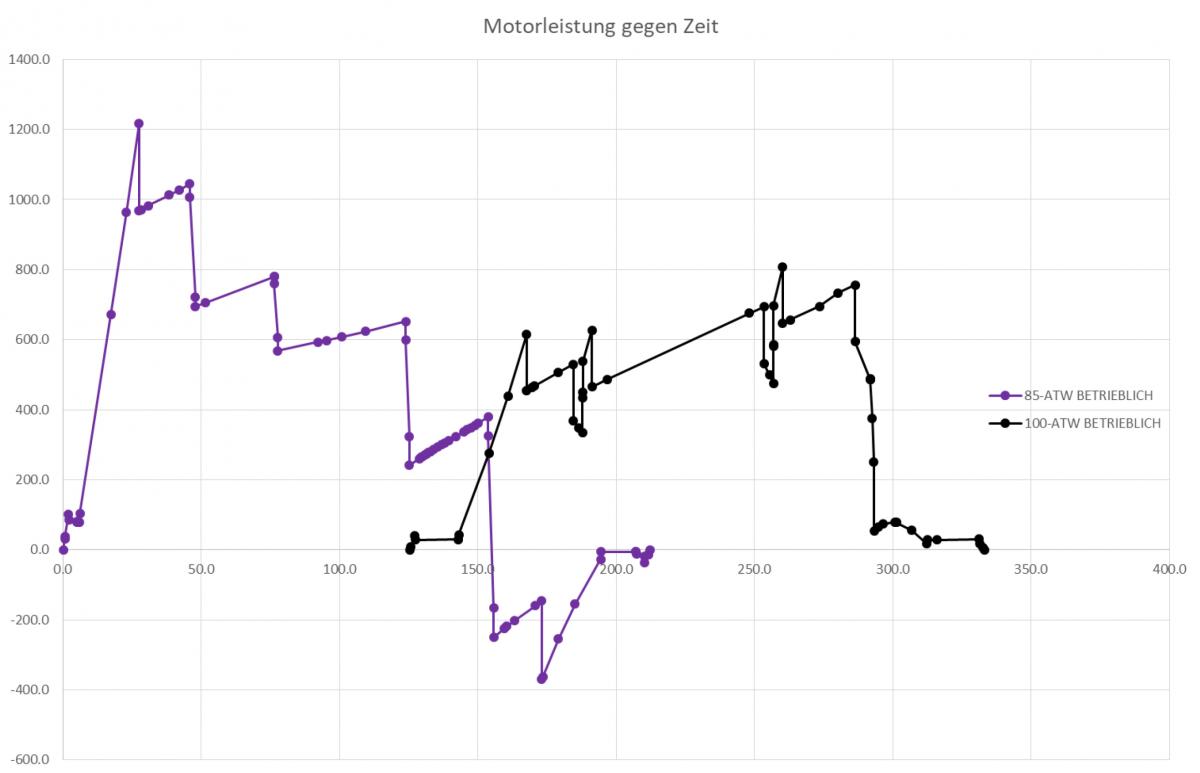
Frey e-Box
Excess energy that is generated is stored in a locally installed battery. Energy peaks are covered by the stored energy. The battery is used as an energy buffer, to ensure that the energy taken from the network is as constant as possible. The battery can also be loaded with energy from the network. Fundamentally, the batteries always have a minimum charge level. This means that, even in the case of a power cut, a journey is still possible at a reduced speed.

The batteries are constantly loaded even when the system is standing.
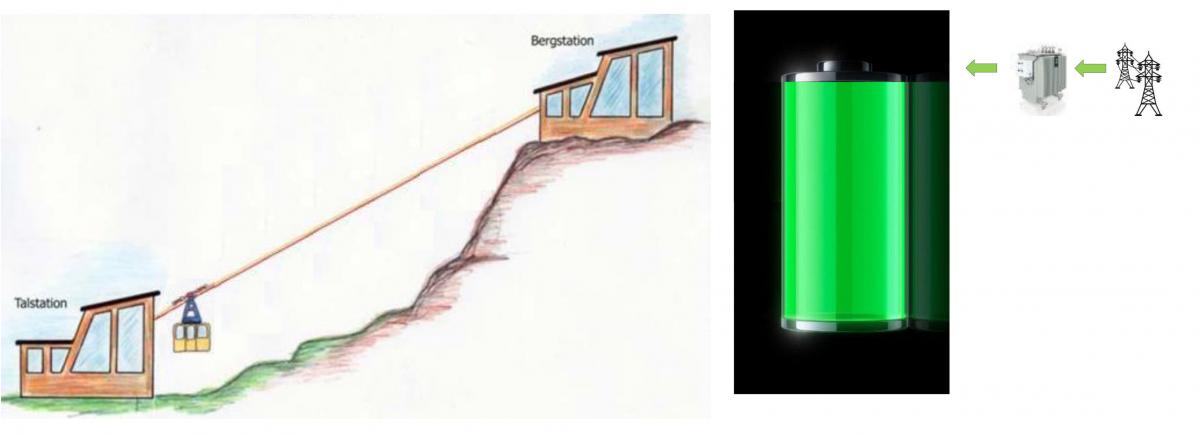
Energy peaks are covered by the stored energy
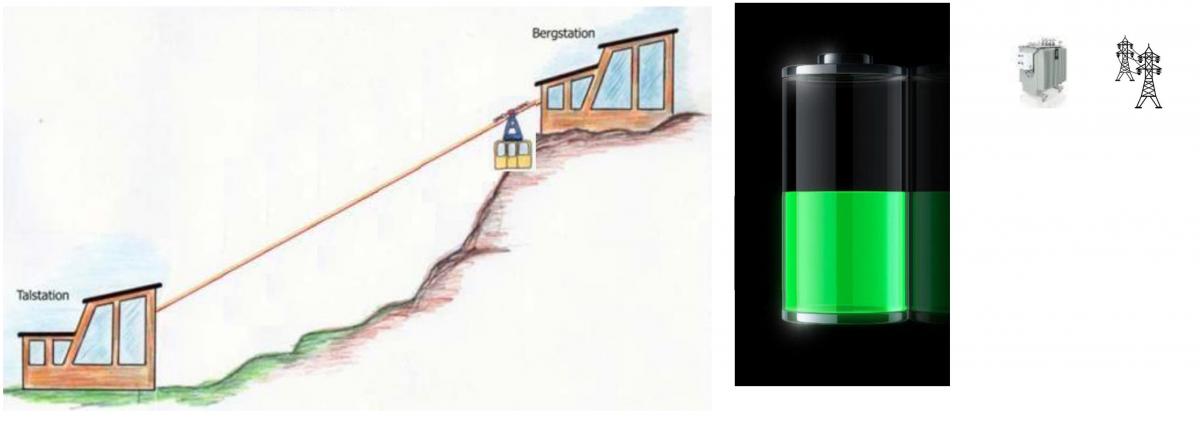
Generated energy is stored in a locally installed battery
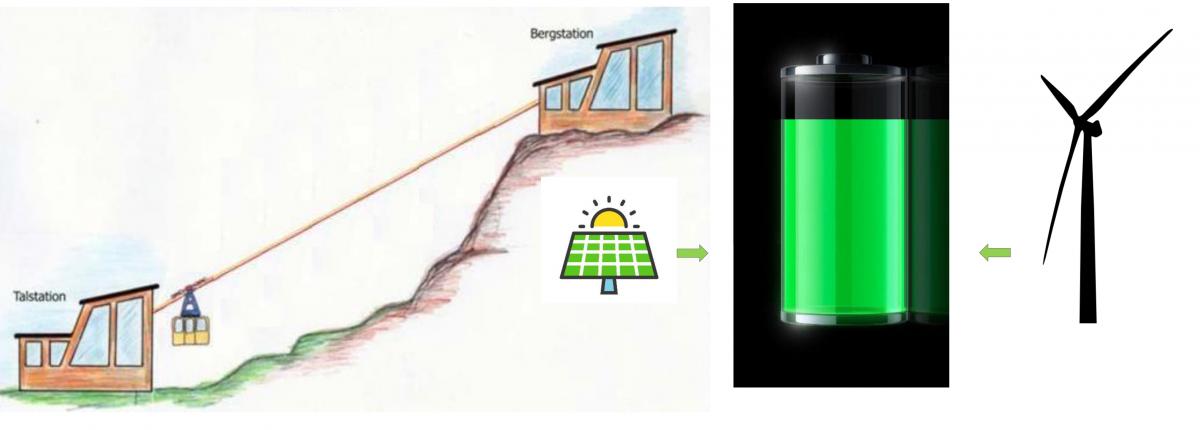
Energy from the wind or the sun (e.g. façade surfaces) can be easily integrated
